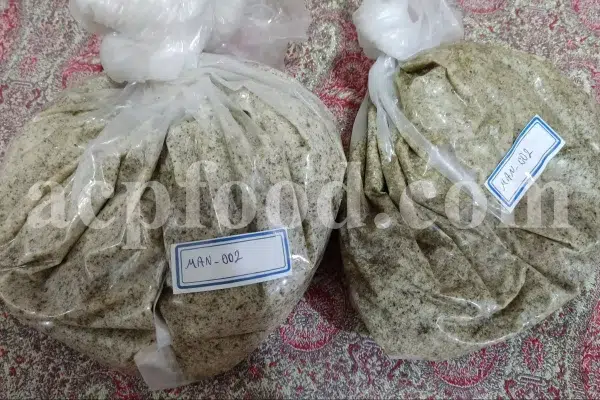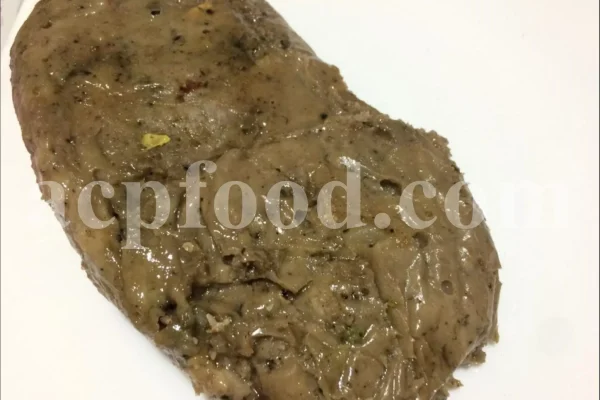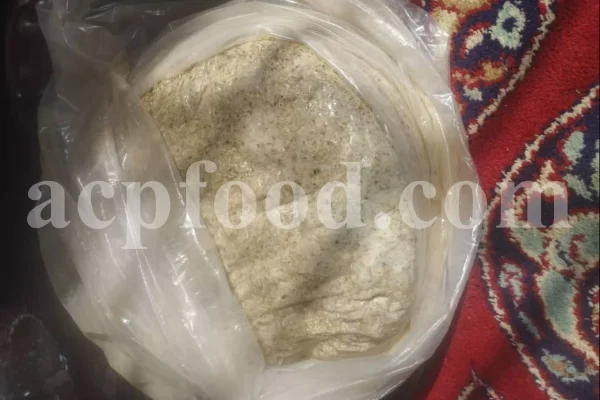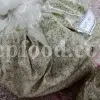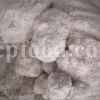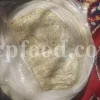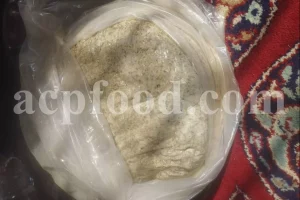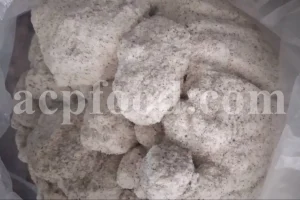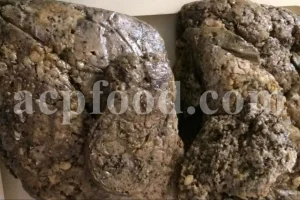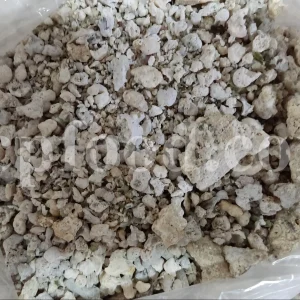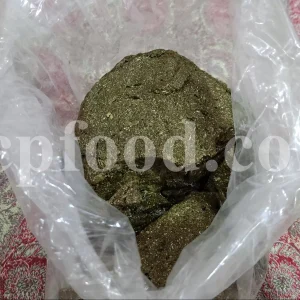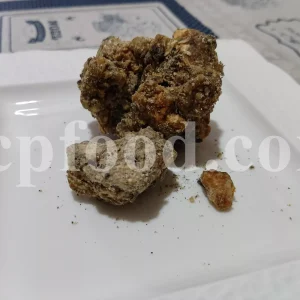GENERAL DATA
🍬 Industries Which Use Persian Manna (Gaz of Khunsar – Astragalus brachycalyx)
Here’s a well-organized list of industries that commonly use Persian Manna, also known as Gaz of Khunsar, a naturally exuded sweet resin from wild-growing Astragalus species in Iran.
🌿 What Is Persian Manna (Gaz of Khunsar)?
Persian Manna is a naturally exuded substance from Astragalus brachycalyx subsp. brachycalyx, a leguminous shrub native to Iran’s Zagros mountains. It appears as a white to amber granular or flaky resin, sweet in taste and rich in polysaccharides, mucilage, and trace minerals.
It is NOT the gum from the stem (like Tragacanth), but rather a distinct sugary exudate, collected mainly from insect-induced secretion during hot summers. It has a long tradition in Persian sweets, herbal medicine, and is gaining attention in nutraceutical and pharmaceutical sectors.
1. Traditional Confectionery & Food Industry
Key applications:
-
Main ingredient in “Gaz”, the famous Persian nougat from Khunsar and Isfahan
-
Natural sweetener in artisan desserts and herbal candy
-
Used in sugar-free or functional confections as a prebiotic-rich binder
-
Occasionally added to herbal jams or tonic syrups
✅ Prized for its light texture, cooling effect, and natural sweetness
2. Pharmaceutical & Herbal Medicine Industry
Applications:
-
Used as a mild laxative and respiratory demulcent
-
Traditionally used to cool body heat, soothe ulcers, and support the liver
-
Mixed with herbs in Persian medicine for throat relief and digestive tonics
-
High polysaccharide content supports immune modulation research
✅ Delivered in powders, tablets, or herbal compound remedies
3. Nutraceutical & Functional Food Industry
Emerging uses in modern wellness applications:
-
Prebiotic dietary fiber additive
-
Functional snack formulations with adaptogens or herbal extracts
-
Used as a base for energy chews, herbal bars, and gut-soothing elixirs
✅ Offers low-glycemic, plant-derived, and mineral-rich properties
4. Cosmetic & Personal Care Industry
While less common, Persian Manna is gaining interest for:
-
Use in hydrating masks and natural sugar scrubs
-
Soothing agents for sensitive or inflamed skin
-
Occasionally included in botanical creams for antioxidant effect
✅ Natural humectant with a softening and cooling feel on the skin
5. Ethnobotany & Specialty Exports
As a culturally significant resin:
-
Exported as a specialty ingredient in traditional Persian herbal markets
-
Used in museum-quality botanical studies and pharmacognosy programs
-
Packaged as a luxury gift item in premium Middle Eastern product lines
✅ Has a geographic indication tied to Khunsar, Chaharmahal, and Lorestan
✅ Summary Table – Persian Manna (Gaz of Khunsar) 🍬
| Industry | Common Uses |
|---|---|
| Traditional Confectionery | Persian nougat (Gaz), sweetener for herbal candies |
| Pharmaceutical & Herbal | Demulcent, liver tonic, ulcer soother, traditional compound formulas |
| Nutraceutical | Prebiotic binder, energy bites, functional food ingredient |
| Cosmetic & Skincare | Humectant, antioxidant creams, soothing sugar-based masks |
| Ethnobotany & Export | Cultural ingredient, premium herbal exports, research specimen |
🌱 Key Features:
-
100% natural exudate from wild Astragalus brachycalyx plants in Iran
-
Rich in polysaccharides, mucilage, and natural sugars
-
Collected traditionally in Khunsar and Zagros foothills
-
Core ingredient in Persian herbalism, sweets, and functional remedies
HARVEST CALENDAR
Feb
Mar
Apr
May
Jun
Jul
Aug
Sep
Oct
Nov
Dec
To order Gazangabin, please contact us.
About Astragalus Manna
It is a sweet substance similar to Tamarix Manna, which comes from a kind of plant called Astragalus adscendens Boiss. & Hausskn. Taken. This plant, which is a type of Astragalus from the Legumes family and from which Gum Tragacanth is also taken, grows in the mountainous areas of Chaharmahal and Bakhtiari Province and around Khansar.
Gas of Khansar is produced from the secretions of insects that belong to Homoptera suborder and Hemiptera order and its scientific name is Cyamophila dicora Loginova. This small insect, is up to 3 mm long and gray-brown in color, concentrates on the young branches of Astragalus, 5 to 10 years old, and emits its sweet secretions, which is Gas of Khansar usually in Khansar region in September and October every year.
Astragalus Manna hardens in the vicinity of air. Local farmers find these plants, known as Las, and collect the Gaz of Khansar. Gaz of Khansar is a neutral substance whose pH varies between 6 and 7.3 in different samples and contains about 70% sucrose, 28% glucose, some vitamin C and other substances.
Astragalus Manna has a very sweet taste.
The best Astragalus Manna is white and transparent, very sweet, clean and without leaves and thorns, and has large pieces.
To order Persian Manna, please contact us.
Persian Manna Chemical Constituents
About 40% Tannic acid, about 50% Sucrose, about 20% Laevulose, about 20% Dextrose.
Persian Manna Temperament
Astragalus Manna is hot and dry and some consider it moderate.
- Astragalus Manna is laxative, astringent and expectorant. It is useful for relieving shortness of breath and hoarseness.
- Dissolve 18 grams of Astragalus Manna in warm water and drink. Relieves coldness of the stomach.
- To treat a baby’s stomach ache caused by coldness, boil 46 grams of it with 46 grams of Oak manna, then strain it and gradually give it to the child spoon by spoon.
Astragalus Manna Dosage
From 15 to 50 grams.
To order Gaz of Khunsar, please contact us.





